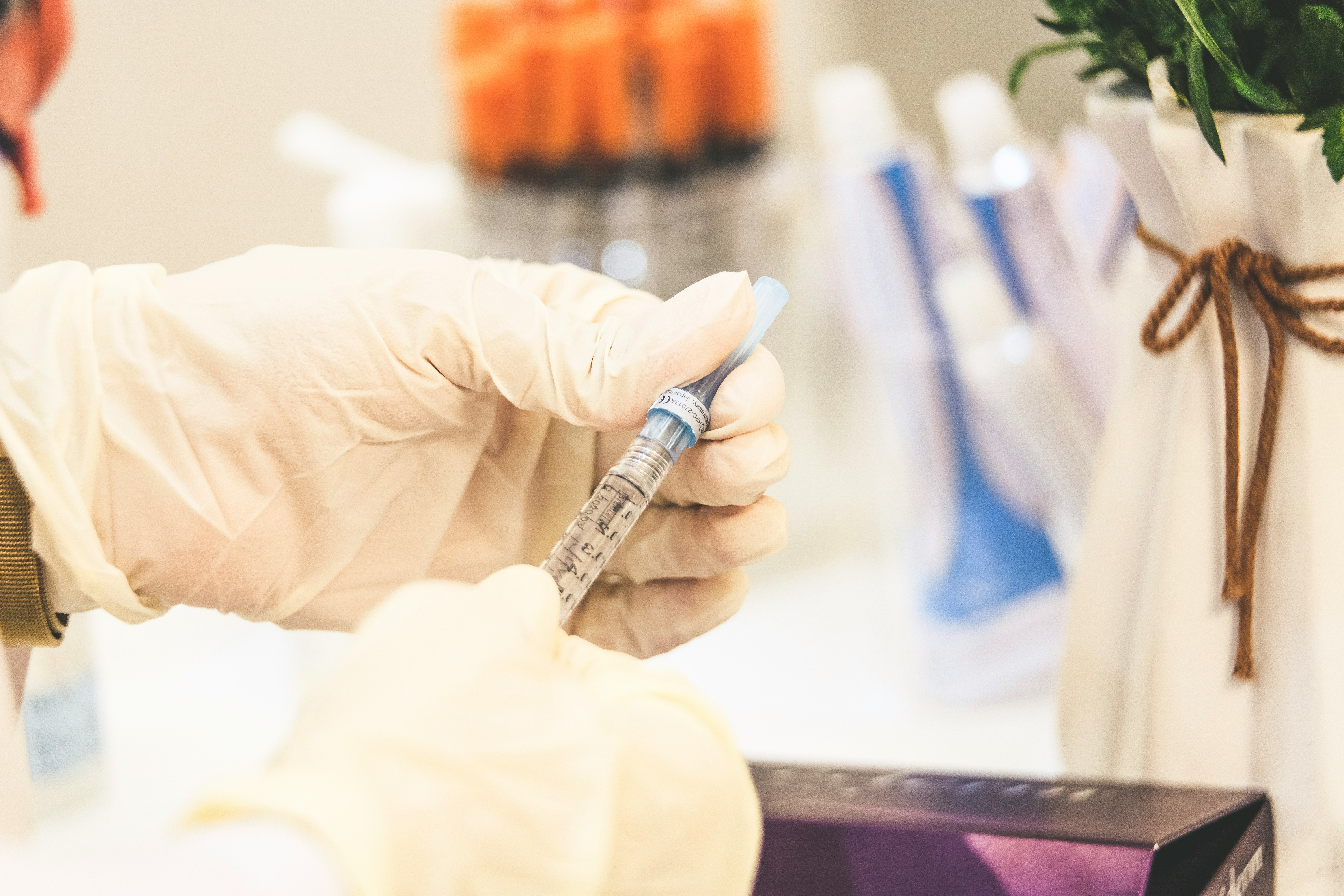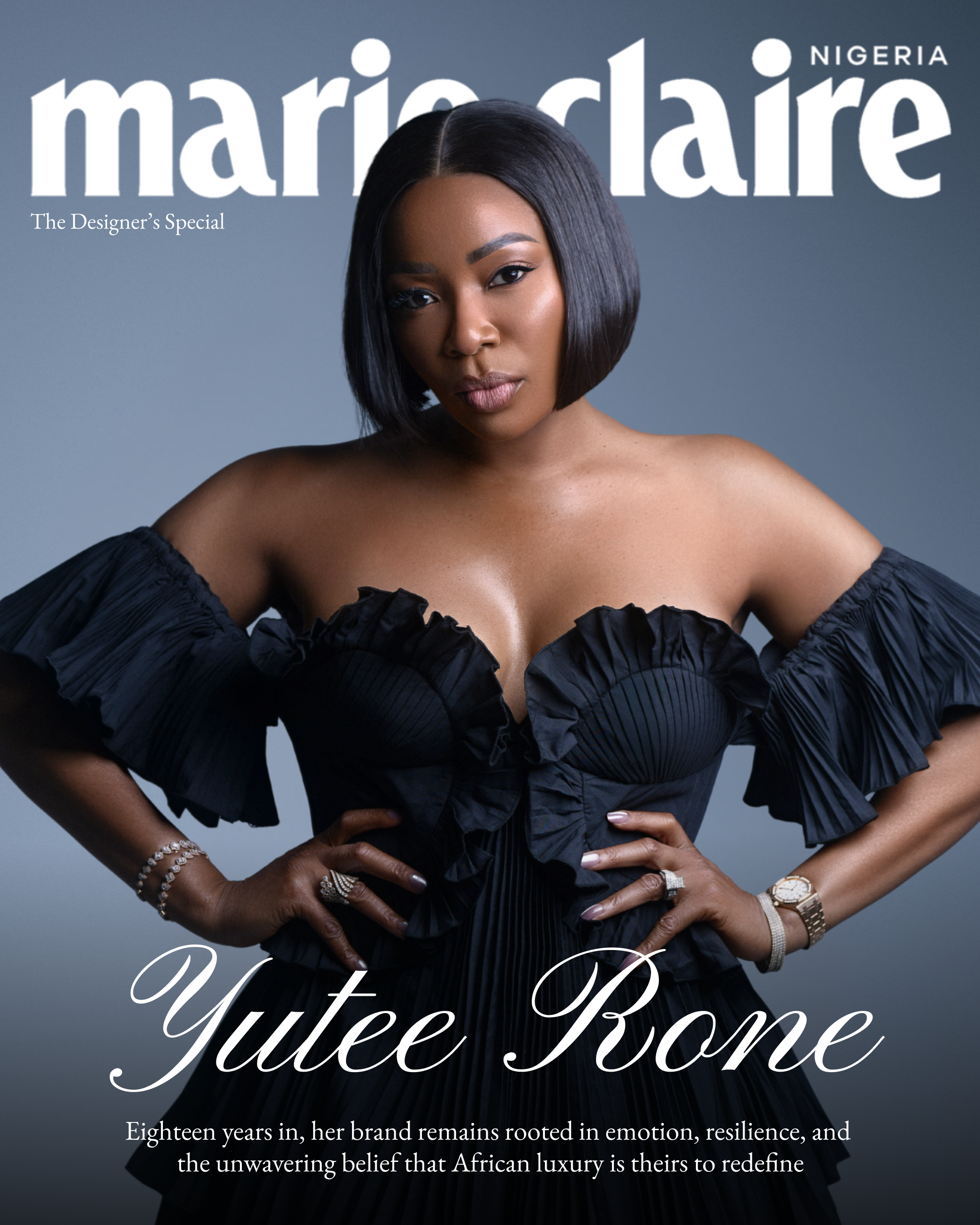We spoke to professional aestheticians Dorinda Amara, Ohikhena Nice, and Trudy Arnold Boateng, who shared their expert advice on minimally invasive techniques for enhancing curves.
Despite the increasing risks, complications, and fatalities linked to the procedure, Brazilian Butt Lifts (BBLs) continue to be a popular choice for those seeking to enhance their curves. However, the pressing question is: are there non-invasive or minimally invasive alternatives to surgical BBLs?
To shed light on this, we consulted three professionals — Dorinda Amara, an Aesthetic nurse at VCP Laser and Aesthetics Bar; Ohikhena Nice, a licensed Aesthetician and Medical Practitioner at MPN Aesthetic Clinic; and Trudy Arnold Boateng, a licensed Aesthetician and the founder of Studio 7 Clinic and Med Spa. This is what they shared with us:
How non-invasive and minimally invasive BBLs work
According to Dorinda, minimally invasive procedures are ”a way to enhance your glutes and hips without having to go through surgery.” She adds that these procedures can be done through “cupping and body fillers.”
Cupping
As the name implies, cupping uses glass cups to enhance the volume of your glutes and hips. Dorinda explains, “The glass cups apply gentle pressure, drawing fluid towards the glutes to create a subtle protrusion.”
Body Fillers
Body fillers are well-known for enhancing curves. Trudy highlighting two main types: “One involves hyaluronic acid, and there’s a newer option that involves progesterone.”

Both cupping and body fillers stand apart from surgery for several reasons. As Dorinda explains, “While these procedures still involve a small puncture from a needle or cannula, they’re considered ‘minimally invasive’ because they don’t require cutting open the body or transferring fat. Unlike surgery, there’s no fat transfer in these treatments.”
This might leave you asking: How do these procedures add volume to the glutes and hips without fat transfer? Dorinda clarifies, “A small hole is made with a needle, and hyaluronic acid is inserted via a cannula. This provides the area with a protruding effect, without the need for cutting. It’s just a needle prick.“
Given that these minimally invasive procedures — whether cupping or body fillers — are less complex, they tend to be safer alternatives to surgical BBLs.
Sadly, minimally invasive BBLs don’t last a lifetime…
Minimally invasive BBLs can certainly enhance your curves, but there’s a catch — they are temporary. Trudy explains, “Depending on the placement and the amount used, the results generally last for about 2–3 years.”
This means regular maintenance is necessary to maintain those curves. After 2–3 years, you’ll likely need to repeat the procedure. Dorinda further adds, “In the short term, minimally invasive BBLs are more affordable compared to surgical BBLs. However, when you factor in the ongoing maintenance, these procedures could end up costing more in the long run.”
Is it truly a safer alternative, or is there a catch?
One of the biggest concerns — Are they safe? You might be leaning towards non-invasive or minimally invasive BBL procedures because they’re often considered a safer alternative to the surgical option. The good news is that Ohikhena reassures us, saying, “Non-invasive procedures carry a much lower risk compared to surgical BBLs.”
But hold on before you get too comfortable — there’s a caveat. Ohikhena adds, “While these procedures are generally safe, if not performed by a qualified professional, they can lead to serious complications.”

Trudy also emphasises the importance of caution, reminding us that “there are red flags and scams in the industry. So it’s crucial to verify the qualifications of the professionals performing these procedures.”
Another important consideration is the facility where the procedure is performed and the medical equipment used. Dorinda highlights the significance of using medical-grade materials. She explains that something as simple as “a needle or cannula that isn’t the right size can lead to scarring.” She further advises, “Make sure the facility is registered with the Health Facility Monitoring and Accreditation Agency (HEFAMMA),” to ensure safety and professionalism during the procedure.
Maybe you’re not the perfect-fit for minimally invasive BBL procedures
Not everyone is a suitable candidate for these procedures. Trudy outlines some contraindications, stating, “If you’ve got cancers, are pregnant or breastfeeding, or have heart or kidney diseases, you cannot get BBLs. It’s not advisable.”
Dorinda adds to this, cautioning, “If you’ve had surgical BBLs before, if you’re plus-sized, diabetic, or have renal issues, I would suggest you don’t get minimally invasive BBLs.”
If you fall into any of these categories, these procedures may not be appropriate for you. They could lead to potential health complications.
Are these procedures worth it?
If you’re contemplating a surgical BBL procedure, it’s important to carefully consider all your options. Trudy offers her perspective on whether minimally invasive BBLs will replace surgical BBLs anytime soon, stating, “I don’t think minimally invasive BBLs will replace surgical BBLs soon because of the drastic changes surgical BBLs offer. However, non-surgical options provide a more natural change.”
Dorinda highlights additional benefits, noting, “There’s minimal risk because you aren’t put under anaesthesia, there’s no risk of haemorrhage, fibrosis, or ruptured blood vessels, and if you don’t like the result, you can easily reverse it.”
Ohikhena points out that non-invasive procedures offer a wider variety of options compared to surgical BBLs. She says, “You can opt for hyaluronic acid, sculptra, and many more.”
In conclusion, minimally invasive or non-invasive BBL procedures are safer alternatives to surgical BBLs. But, it’s crucial to be aware that there are still risks involved. Always guarantee that the professional is qualified. Also ensure that the facility is registered and well-equipped for the procedure.


